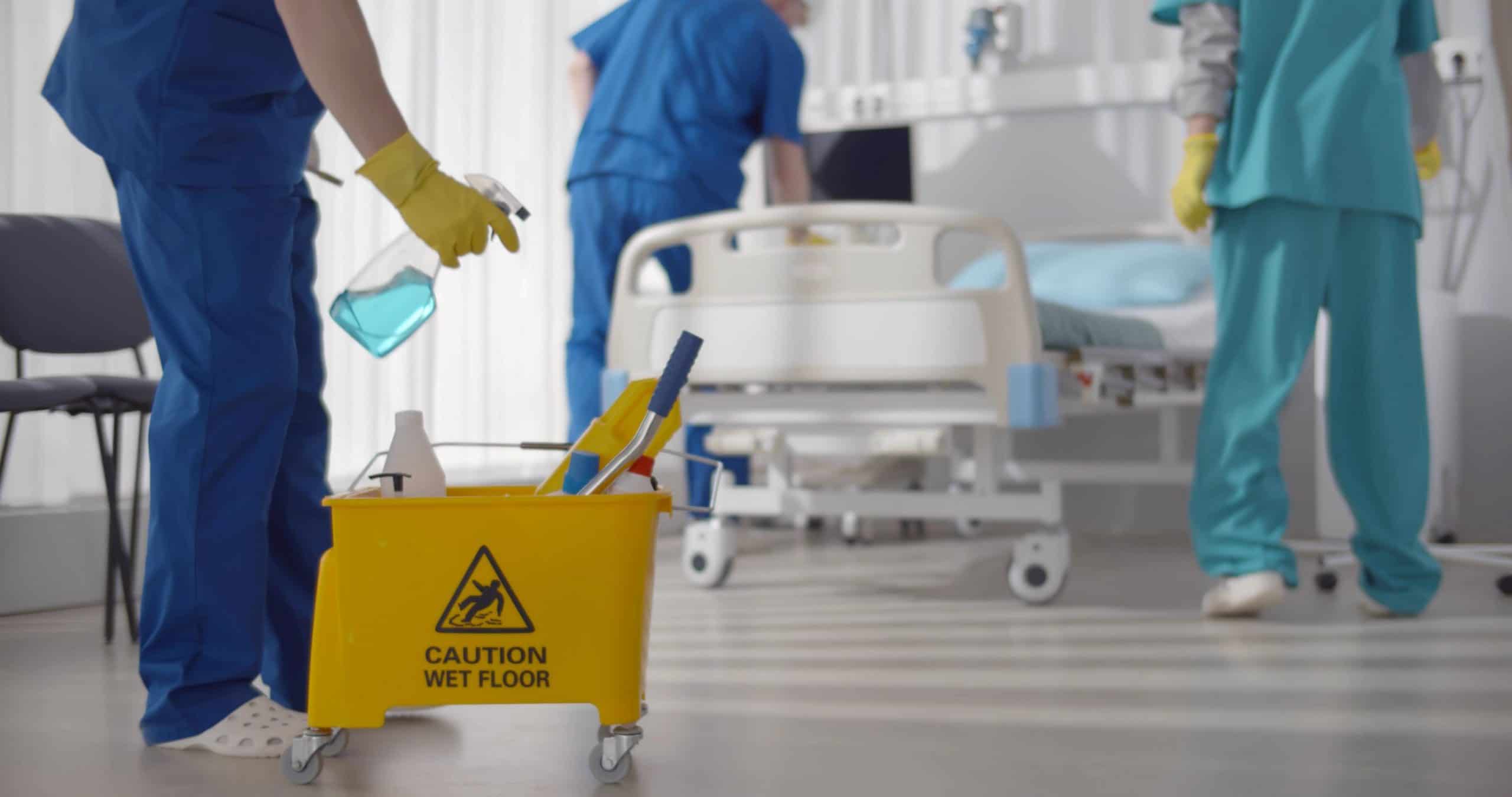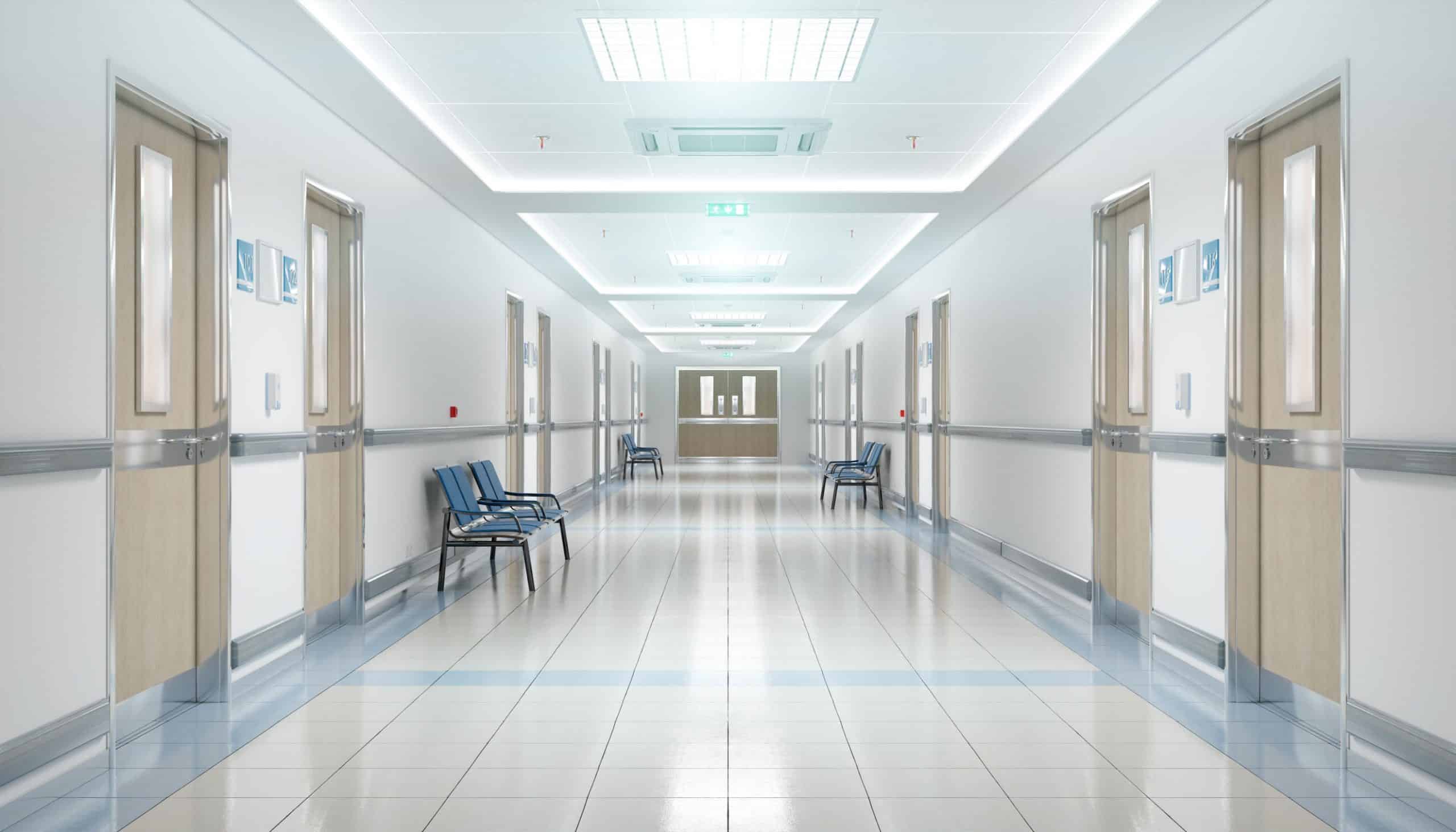Hospital cleanliness is of utmost importance. One way for a health care facility to maintain their good reputation is to enforce the best cleaning practices. Whether you own a clinic or manage a hospital, one crucial aspect of your operations is using safe and toxic-free cleaning products. In this way, you can ensure everyone’s safety, provide excellent health care services, and deliver a great patient experience every time.
In this article, you’ll learn several measures for safe and toxic-free hospital cleaning.
- Use Non Toxic Cleaning Products
Hospital cleanliness reflects the hospital’s standards when it comes to the quality of patient care. Because of the various health-related concerns that might be introduced to a patient’s environment by traditional cleaning chemicals, many manufacturers have gone on to produce ‘green’ or non toxic cleaners.
Green cleaning helps reduce the negative health effects of chemicals on hospital personnel, patients, and the environment. Also, hospital employees and patients won’t have to deal with non toxic cleaning products that give off a harsh chemical smell. Hence, it’s essential to know the science behind all the cleaning products you use in your health care facility. Check their label and certification on effective performance, recyclable packaging, volatile organic compound (VOC) protective limits, and human and environmental toxicity.
Using non toxic cleaning products are recommended because they’re non-irritating to the skin and mucous membranes. They’re also free of preservatives, VOCs, dyes, added fragrances, and paraquat. Paraquat lawsuits claim studies have shown that long-term exposure to paraquat, a popular herbicide, causes Parkinson’s disease.
The other characteristics of green or non toxic cleaning products are the following:
- Non-corrosive
- No petroleum
- No chlorine
- Nonflammable and non-fuming
- No ammonia and phosphate
- No caustic ingredients
- No dangerous acids
- Monitor Cleaning Activities
When it comes to hospital environmental disinfection, it’s especially imperative to supervise cleaning activities in patient areas during the pandemic. Monitoring of cleaning services should include visual inspection. At the end of monitoring, the next step is to provide your feedback depending on the results. This step is important in improving hospital cleanliness and disinfection practices.
Visual inspection should include observing the best practices to ensure safe and toxic-free hospital cleaning. Create a cleaning checklist and tick off all areas you’ve inspected to ease the monitoring process. When you assign personnel to tackle this job, enforce strict compliance by asking for a detailed report of finished tasks to ensure everything’s covered.
- Implement Color Coding For Cleaning Products
Hospitals should have color-coded cleaning products corresponding to each room, which is also adopted by the hospitality industry. Color coding prevents cross contamination between rooms, which promotes safe cleaning practices.
For instance, orange tools are used for the bathroom, green for floors and high surfaces, and any color that matches the color of the disinfectant bottle for frequently touched surfaces.
- Follow CDC Guidelines
Your hospital can follow the cleaning guidelines set forth by the Centers for Disease Control and Prevention (CDC) for safe and toxic-free cleaning practices in hospitals. Following those will ensure that you comply with industry cleaning standards and the government’s environmental laws.
Check out the following hospital cleaning tips recommended by the CDC:
- Perform patient-care device cleaning, sterilization, and disinfection in a central processing department to control quality.
- Clean medical devices every after use to avoid drying of soiled materials onto the medical instruments. When dirt becomes baked or dried, it’s harder to remove it and the sterilization or disinfection process becomes less effective or even ineffective.
- Perform both manual cleaning (like using friction) and mechanical cleaning (such as using ultrasonic cleaners, washer-sterilizers, or washer-disinfectors).
- Clean patient-care items using water and detergent before sterilization or disinfection procedures.
- Disinfect non-critical medical devices such as blood pressure cuffs using an Environmental Protection Agency or EPA-registered hospital disinfectant. Make sure to follow the safety precautions and directions.
- Request Professional Cleaning Services
If you prefer to outsource your hospital cleaning services, make sure to choose a company that also upholds green cleaning strategies. Check their website to find out more about their cleaning services, company profile, and vision and mission statements.
Create a shortlist and compare the products and services of several cleaning companies. Ask each of them if they use environmentally friendly cleaning products and where they source them. You also need to make sure that they employ experienced cleaners.
Conclusion
A reputable health care facility maintains cleanliness and orderliness inside and outside their premises. As part of hospital management, you should ensure regular monitoring of all cleaning activities to meet all cleanliness and disinfection goals. Using non toxic cleaning products is highly recommended in hospitals and other health care facilities to ensure patient and health care personnel safety against harsh chemicals.








